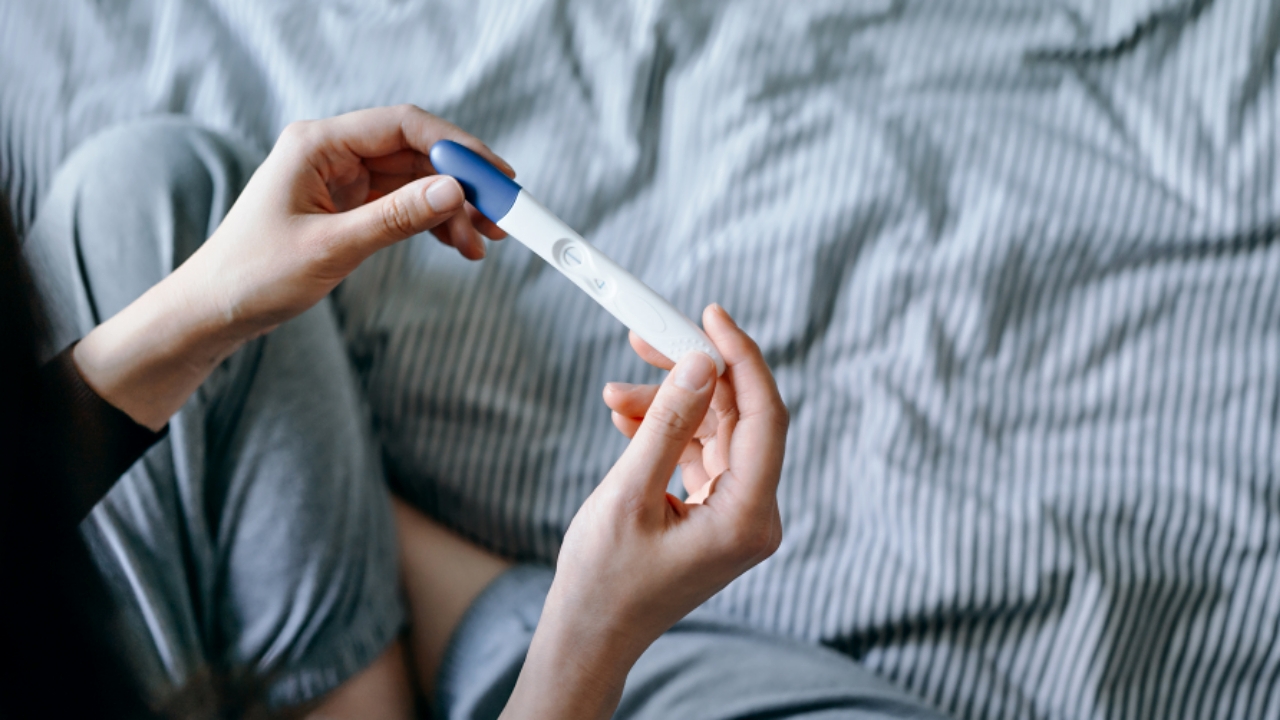

The process may appear simple before you get into full-on baby-making mode: Get pregnant by having intercourse. However, conceiving occasionally takes a bit more forethought. The majority of the time, you will have no idea when you became pregnant. The first day of your last menstrual cycle will be used by your doctor to determine the start of your pregnancy. That puts you roughly two weeks ahead of when you’re due to conceive.
The process of conception:
A set of eggs begins to form in little, fluid-filled sacs called follicles inside your ovaries once a month. One of the eggs will eventually emerge from the follicle (ovulation). It normally occurs two weeks before your period.
The follicle develops into something called the corpus luteum once the egg has left the follicle. The corpus luteum secretes a hormone that thickens the uterine lining and prepares it for the egg.
The egg enters the fallopian tube once it has been released. It waits for a single sperm to fertilize it for around 24 hours. All of this occurs approximately two weeks prior to your next period.
If there isn’t any sperm to fertilize the egg, it travels to the uterus and disintegrates. The balance of your hormones returns to normal. Your menstruation begins once your body loses the thick uterine lining.
If a single sperm enters the fallopian tube and burrows into the egg, the egg is fertilized. Other sperm cannot enter because the egg has changed.
Your baby’s DNA and sex are set at the moment of conception. Your baby will be a boy if the sperm has the Y chromosome. The baby will be a female if it possesses the X chromosome.
The fertilized egg remains in the fallopian tube for 3 to 4 days after fertilization. However, it begins rapidly dividing into many cells within 24 hours of being fertilized. It continues to divide as it travels via the fallopian tube to the uterus. Its next task is to adhere to the uterine lining which is referred to as implantation.
Around the time of implantation, some women have spotting (or mild bleeding) for 1 or 2 days. The uterine lining thickens, and the cervix is sealed by a mucus plug. It’ll be there till the baby is ready to be born. The cells begin to form clumps by three weeks, and the baby’s first nerve cells have already developed.
From the moment of implantation, a pregnancy hormone known as hCG is present in your bloodstream. This is the hormone that a pregnancy test detects. Some home pregnancy tests can detect human chorionic gonadotropin (hCG) as early as 7 days after ovulation.
Keep reading successyeti.com
Also Read: Simple Ways Your Partner Could Help You During Pregnancy
In today's article, we will learn the importance of happiness and how to maintain it…
Today, we will look at three common mistakes couples make in their relationships regarding intimacy…
In this article, we will learn about the simple ways that can help one overcome…
Check out the list of couples' biggest relationship mistakes in this article.
In this article, we will learn about anxiety and how one can handle it in…
In this article, you will understand the horrifying effects of child abuse.